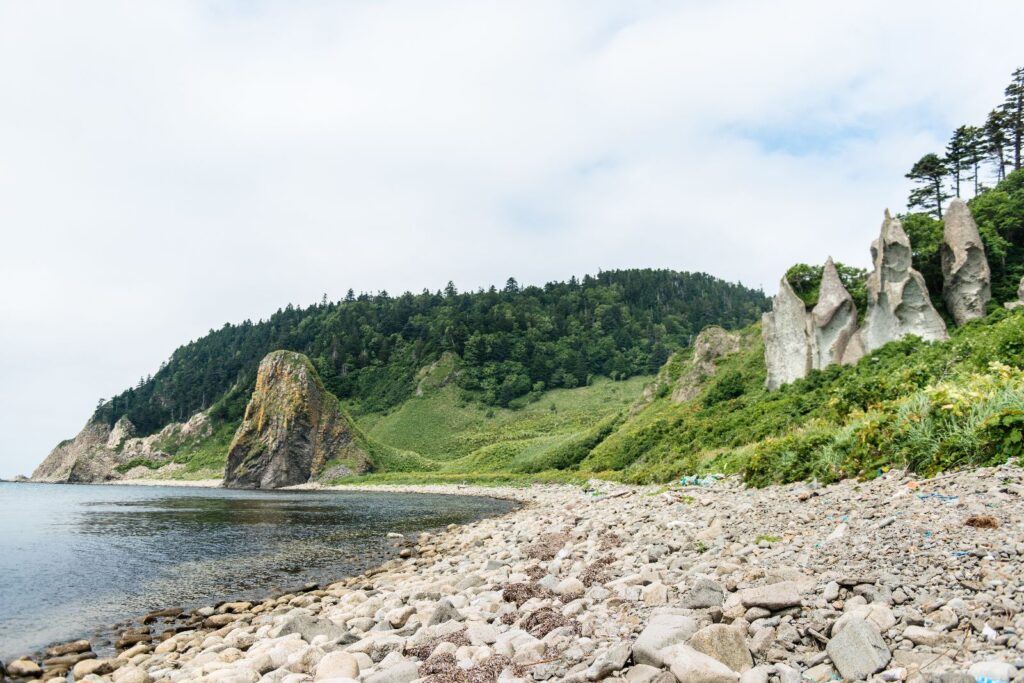About the project
Our editorial team is made up of students of the Japanese studies department of the University of Vienna. They participated in the course “Japanese Studies and Journalism – Mediawork for Students of Japanese Studies” in the winter term of 2022. Their scientific research work is presented here, refurbished to read as exciting, online articles. The addition of multimedia content (audio sequences, graphics, video clips, etc.) provides a more detailed and comprehensive look at today’s Japanese studies research. The research process and, even more importantly, its results are showcased on this website.
Politics
For more than fifteen years, the Japanese Self-Defence Forces have been using elements of popular culture (manga and anime) for information and recruitment purposes. As such they specifically target children and adolescents. In addition to an annually released manga, a short anime series also exists. Its content relies heavily on the usual cuteness factor (kawaii) associated with manga and anime to explain military content and to depict possible threats to Japan and Japanese society. This type of media is evidently well-received by youngsters and serves its intended purpose.
Japan is in many ways a special case when it comes to military matters. On the one hand, there is a clear commitment to pacifism and a deep rejection of militaristic tendencies. Officially, no armed forces are maintained, and protests against the establishment or maintenance of foreign (as well as Japanese) military bases are both numerous and strong in their expression. On the other hand, Japanese popular culture is full of military depictions. Schoolgirls fighting tank battles in a funny manner in the anime Girls und Panzer (German: Girls und tanks; Japanese: Gāruzu ando Pantsā ガールズ&パンツァー), or young soldiers protecting Japan from medieval dragons with modern weapons. What do the two have in common? They use strong military themes, they are representatives of Japanese popular culture – and they are both popular. [ … ]
The Kuril Islands are a chain of islands located between the northern border of Japan and the southeastern border of Russia. The first official border agreed upon by both countries was established by the Treaty of Shimoda, in 1855. This border was between the islands of Etorofu and Urup. According to this division, the four southern Kuril Islands of Habomai, Shikotan, Kunashiri, and Etorofu fell under Japanese territory. As this demarcation is the first officially documented border between the two countries, the four islands are considered Japanese territory by the Japanese government.
Currently, however, the four islands and the entire island chain are in Russian possession. The Japanese government calls this occupation illegal because Russia began to conquer the islands in 1945 – despite the neutrality pact between the two countries and the ban on conquests of land in the Atlantic Charter of 1941, which Russia also acknowledged. Subsequently, the Kuril Islands were incorporated into Russian territory in 1946. The territorial dispute, in which Japan claims its territory, developed as a result of these events and is also an important factor in why both countries have yet to sign a peace treaty. [ … ]
Okinawa, Japan’s Hawaii. It’s not just the long beaches and surrounding turquoise crystal clear Pacific waters that constitute the islands’ common features, though. The US naval base at Pearl Harbor in Hawaii currently houses the US Navy’s headquarters, meanwhile Okinawa is still home to 31 of all the US military bases located in Japan. While Okinawa prefecture was returned to be under Japanese administration in 1972, the US military’s presence on the island chain remains. Local residents are determined to have their voices heard and protest new construction, as well as the relocation of military facilities into nature reserves. A video game also addressed the issue as part of its main story.
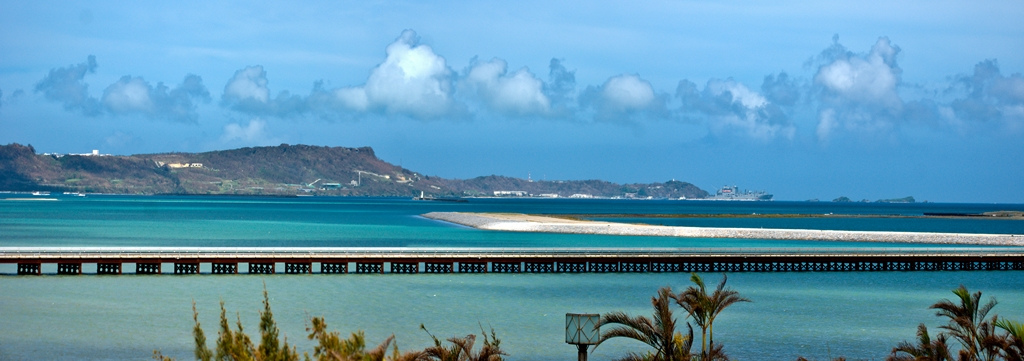
The Status of Forces Agreement, or SOFA for short, was signed by both Japan and the USA on January 19th, 1960 to establish a framework for military cooperation between the two countries. Its contents are such that – in contrast to other agreements involving the United States, that followed World War II; for example with Germany and Italy – Japan holds hardly any leverage to regulate or control the activities of the US military on Japanese soil. On June 17th, 1971 the Okinawa Reversion Agreement was signed in Washington, D.C. and Tokyo. For almost thirty years the USA had been using its remaining occupational forces in Japan’s southernmost prefecture to build and expand its military prowess in the Pacific. [ … ]
Society
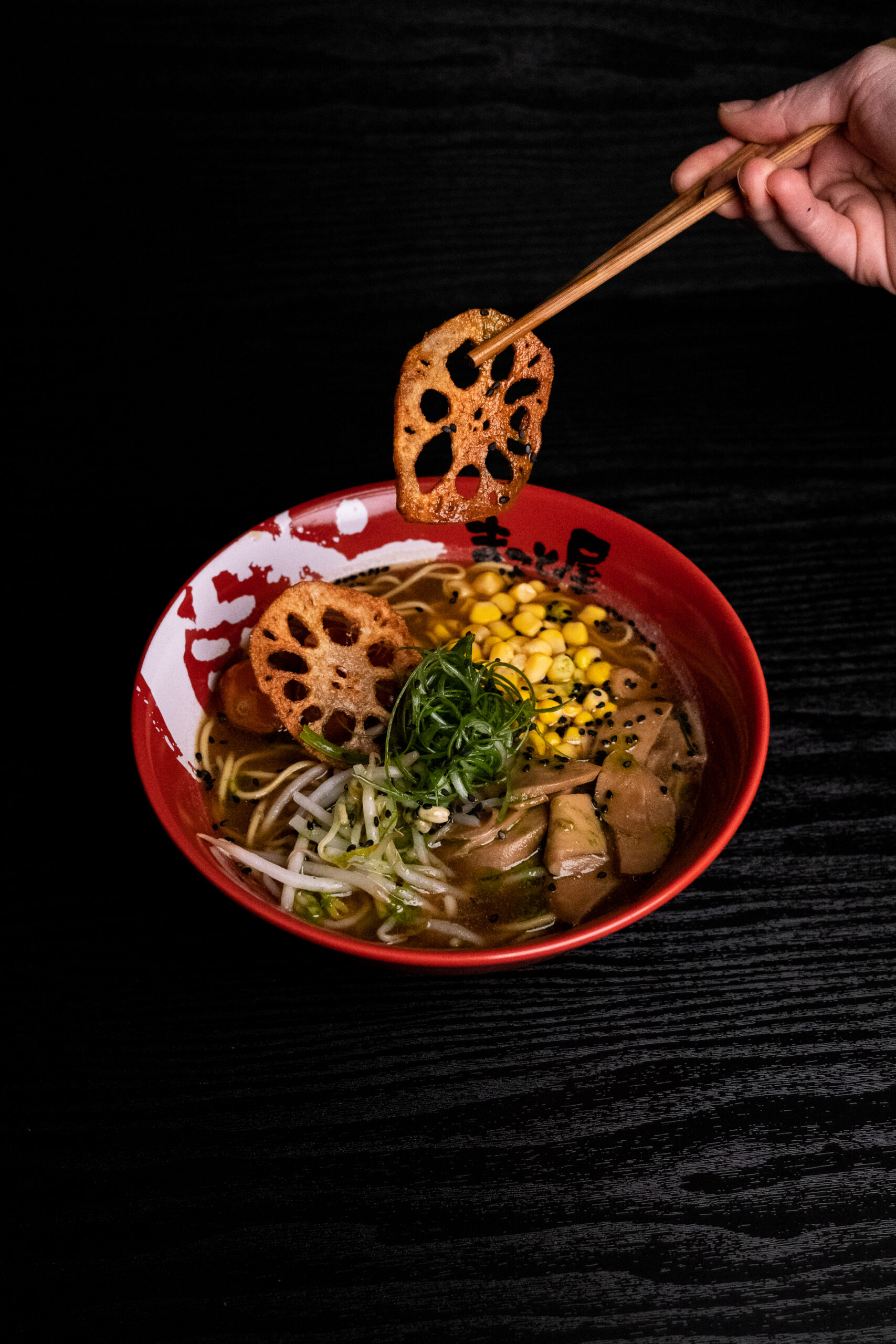
Ramen is one of the most popular dishes in Japanese cuisine and has countless variations. The soup has three components: the noodles (men), the broth (shiru), and the seasoning sauce (tare). It was imported to Japan by Chinese immigrants, who worked as cooks in restaurants in the port town of Yokohama, and served a growing number of international customers there. This information can be traced back to the 1880s, with the assimilation of the dish beginning in the 1910s and giving rise to Japanese ramen variants, that added ingredients not previously used. Given its particular history, the dish is highly characterized by appropriation and mobility. The adaptation of ethnic cuisine to the tastes of local customers is a long-standing phenomenon that can be observed globally, and where the concept of authenticity plays an important role. Ramen is traditionally a meat-based dish but has recently found its vegetarian or vegan counterpart. In Austria the negative consequences of meat consumption prompt more and more people to adopt a flexitarian, vegetarian or vegan diet and to reduce meat consumption as much as possible. This development is changing the gastronomical scene and these developments continue past Japanese cuisine [ … ]
Rural areas in Japan are increasingly experiencing negative developments such as high aging rates and declining populations. Under the slogan kankō chiiki zukuri (“tourism regional development”), the Japanese government is pushing measures to combat this socio-economic decline with the help of tourism marketing. The implementation of which is left to the local authorities. In the municipality of Minamiaso, Kumamoto Prefecture, located on the island of Kyūshū, one of the tools used is the video platform “Youtube”. The local tourism authority (Minamiaso Kankō-Kyoku) relies on this multimedia presentation to promote and sustain the area. It is a representation that I looked at more closely in the course of my research: A rural community is swiftly transformed into an attractive destination that invites (Japanese) tourists from near and far.
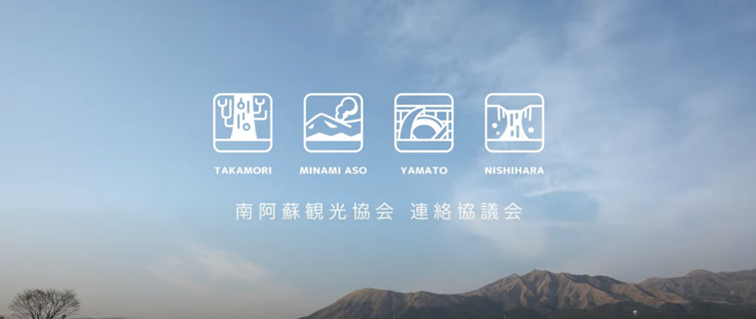
Situated in the caldera of the famous Aso volcano, Minamiaso impresses with its rich natural landscape – from large-scale pastures, and small, hidden springs to the pompous volcanic crater, the place invites you to pause and marvel at every turn. Whether during a visit to one of the onsen (thermal baths) or during a bicycle tour along small streams, relaxation through the soothing water is also omnipresent in the video presentation. It underlines the slow lifestyle that also characterizes the destination “Minamiaso” as a balance to the hectic city life. [ … ]

Can the (Japanese) coffee house influence well-being? Many people, particularly the Viennese, would probably answer ‘yes’ without hesitation. In actuality, there has been surprisingly little research on this topic so far. However, there are means to take a scientific approach to the question. I examined one idea here.
The Japanese coffee house, just like the Viennese one, offers up many dimensions. From the classic kissaten to coffee shop chains, cozy cat cafés, hip specialty coffee shops, or the numerous themed cafés. All are very different places that serve different purposes for different people. At first glance, just these specializations seem to separate the different types of coffee houses, but a closer look reveals that their design is intricately intertwined with their function.
[ … ]
Language
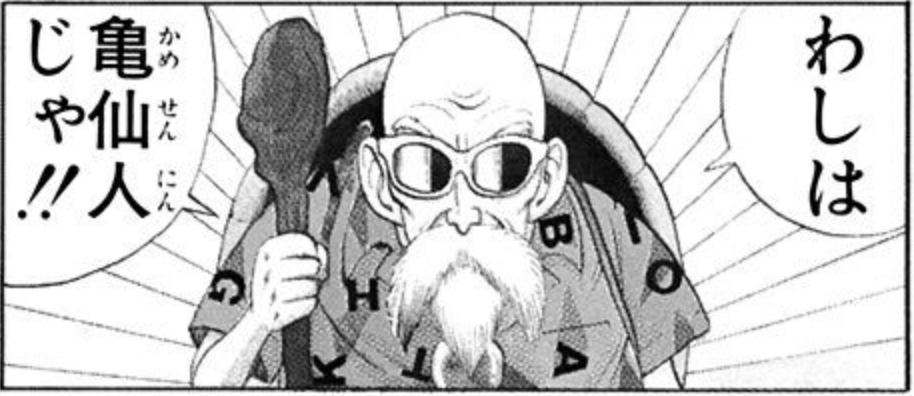
Many characters in anime and manga have their own way of talking, which is very different from the everyday language of the Japanese. At the same time, there is an unspoken understanding among native speakers that these speech styles provide information about a character’s traits. Therefore, these speech styles are grouped together under the term ‘role language’. For a long time, there has been no research on these styles in Japan, which makes it all the more interesting to take a closer look at them. [ … ]
Religion
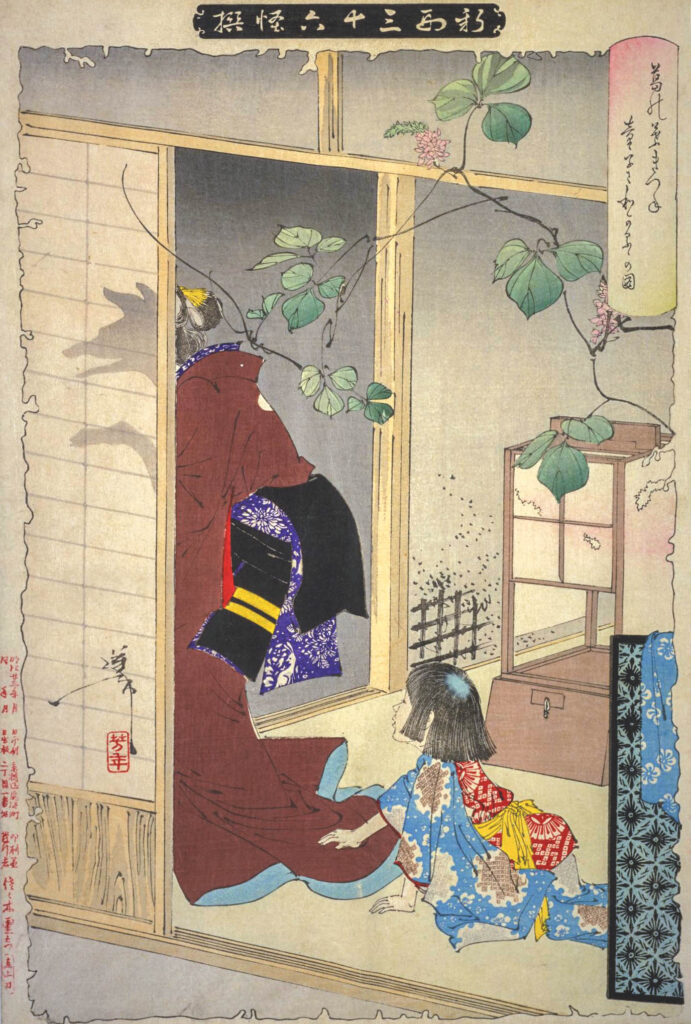
Ghosts, demons, and spiritual beings – in Japanese folklore, these phenomena, which are widely known as yōkai, play an essential role. Kitsune-tsuki, or “fox possession”, is one of many phenomena and can be traced back to the 8th century in literary works. However, this phenomenon was not always perceived only as a folk belief and was later to be associated with mental illness as well.
Even today, yōkai (jpn. 妖怪) are very important in Japanese culture. This can be seen particularly well in works of Japanese popular culture, such as anime and manga. The origins of various yōkai are often linked to legends, and their number and diversity in Japanese folk beliefs are extremely large. It is also not uncommon for them to be associated with religion; on the contrary, many are often closely linked with a religion’s origins. By interpreting the stories, traditional lore, and artistic representations, important links to the culture of Japan in certain periods can be deduced.
One of many yōkai is kitsune (jpn. 狐), which actually means “fox”, but in this particular context can rather be translated as “fox spirit”. These fox spirits are often known to take possession of people. This phenomenon is called kitsune-tsuki.[ … ]
Sports
Skiing always produces outstanding personalities, such as the two Japanese ski jumpers Kasai Noriaki and Kobayashi Ryōyū. Kasai made his World Cup debut in the 1980s. That was a time when ski jumping was very different. Even today, the crowd favourite still trains, among others, with Kobayashi. The latter stands out, above all, for his athletic successes. With Kobayashi, who has been jumping in the World Cup since 2015, a promising future awaits the Japanese ski jumping sport. I was able to determine Kasai’s great popularity in the course of a scientific analysis of articles from a wide variety of news platforms. Another aspect that emerged along the way is that Kobayashi could be the focus of this sport as well as the media in the future.
Brilliant performances, unique selling points, or a very long-lasting career – this is how professional athletes usually make a name for themselves. These three characteristics also apply to the Japanese ski jumper Kasai Noriaki. The athlete, born in 1972, was internationally active as a ski jumper for about 30 years. His omnipresence in ski jumping, not least his likable appearance, made Kasai a public favourite over the years. [ … ]
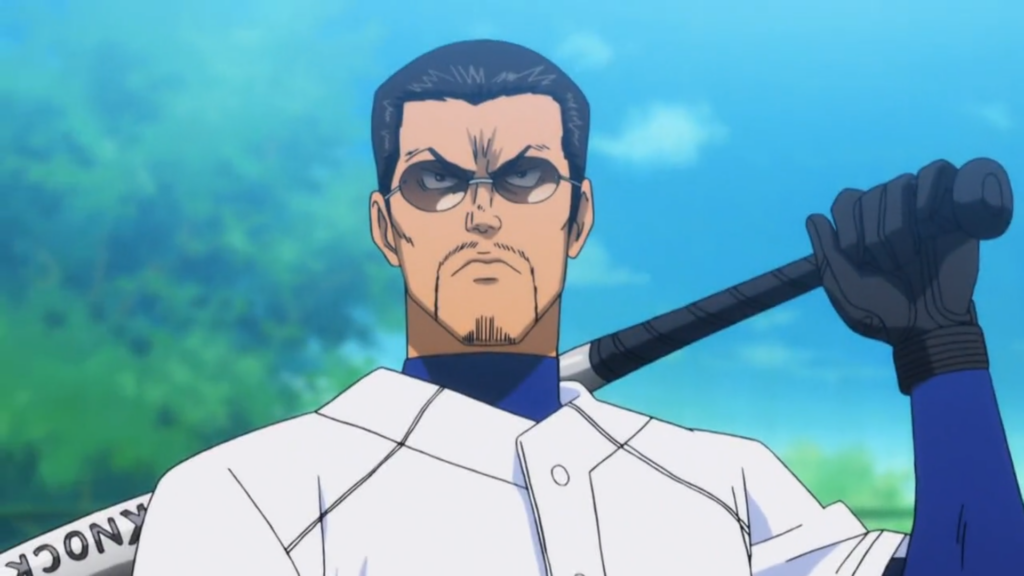
[Ace of Diamond] Production Committee, TV TOKYO
What do Bushido, baseball, school teachers, and anime have in common? Quite a lot! When we hear the term bushido (in Japanese bushidō, translated as the “way of the warrior”), we think first and foremost of samurai. The ideology of bushido became known in the West primarily through the book of the same name by Nitobe Inazō. According to him, the samurai embodies values such as loyalty, self-sacrifice, and unconditional devotion. Although this is a romanticized portrayal of the warrior elite of the time, this image has gained a foothold in both the West and Japan. It has also been transferred to sports, especially baseball. Thus, it is no surprise that the Japanese national baseball team is called “Samurai Japan”. But how did it come about? [ … ]
Health

Eating disorders are considered to be among the most fatal mental disorders with the highest mortality rate. Bulimia nervosa in particular harbors a big risk, while the people affected by it are predominantly young women. The anime “18if“ seeks to portray the mental and physical struggles of a person suffering from bulimia as accurately as possible. My research focuses on the character Airi, highlighting parallels to the real-life issue of bulimia in Japanese society.
Bulimia nervosa (jpn.: shinkeisei taishokushō) can be a precursor to a life full of anxiety, depression and social withdrawal, and people with the disease often don’t know how to escape its harmful patterns. Bulimia is still considered a taboo subject in Japanese society and is therefore hardly ever portrayed in Japanese popular culture. There are, however, some exceptions. The topic is unmistakably present in the anime “18if”, produced by the anime studio GONZO, as I was able to demonstrate in my paper. “18if” tackles various societal issues (depression, bullying, etc.) and showcases them each in one episode. Using film analysis, I looked at two expressive scenes from the episode “The Witch of Gluttony” and afterwards attempted to analyze them. [ … ]


